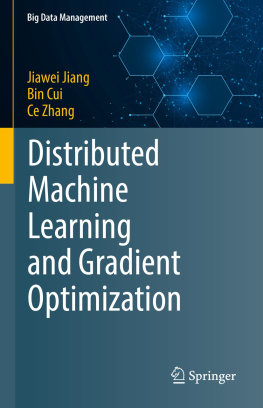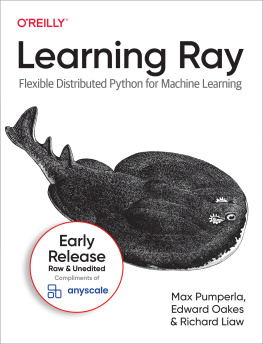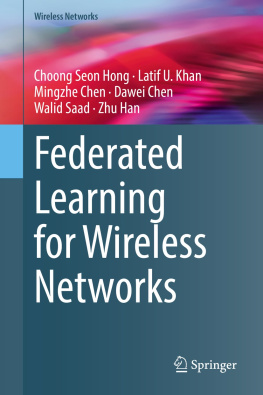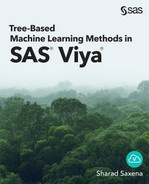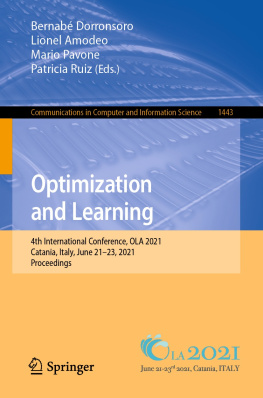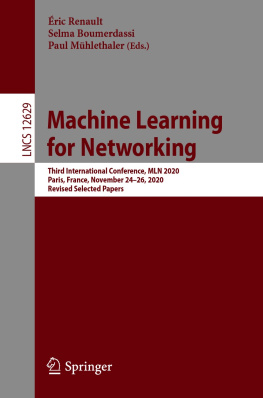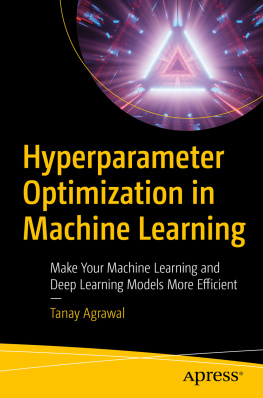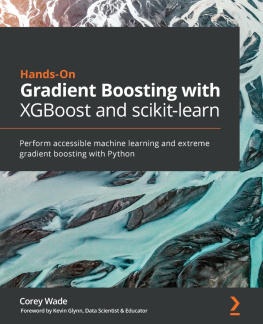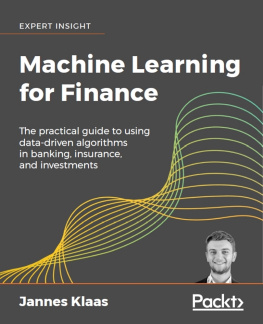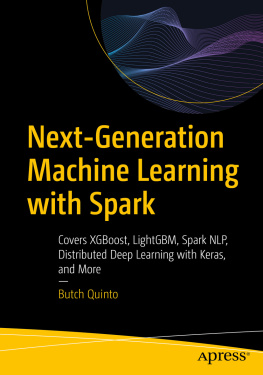Jiawei Jiang - Distributed Machine Learning and Gradient Optimization
Here you can read online Jiawei Jiang - Distributed Machine Learning and Gradient Optimization full text of the book (entire story) in english for free. Download pdf and epub, get meaning, cover and reviews about this ebook. publisher: Springer Singapore, genre: Politics. Description of the work, (preface) as well as reviews are available. Best literature library LitArk.com created for fans of good reading and offers a wide selection of genres:
Romance novel
Science fiction
Adventure
Detective
Science
History
Home and family
Prose
Art
Politics
Computer
Non-fiction
Religion
Business
Children
Humor
Choose a favorite category and find really read worthwhile books. Enjoy immersion in the world of imagination, feel the emotions of the characters or learn something new for yourself, make an fascinating discovery.
- Book:Distributed Machine Learning and Gradient Optimization
- Author:
- Publisher:Springer Singapore
- Genre:
- Rating:3 / 5
- Favourites:Add to favourites
- Your mark:
- 60
- 1
- 2
- 3
- 4
- 5
Distributed Machine Learning and Gradient Optimization: summary, description and annotation
We offer to read an annotation, description, summary or preface (depends on what the author of the book "Distributed Machine Learning and Gradient Optimization" wrote himself). If you haven't found the necessary information about the book — write in the comments, we will try to find it.
Jiawei Jiang: author's other books
Who wrote Distributed Machine Learning and Gradient Optimization? Find out the surname, the name of the author of the book and a list of all author's works by series.
Distributed Machine Learning and Gradient Optimization — read online for free the complete book (whole text) full work
Below is the text of the book, divided by pages. System saving the place of the last page read, allows you to conveniently read the book "Distributed Machine Learning and Gradient Optimization" online for free, without having to search again every time where you left off. Put a bookmark, and you can go to the page where you finished reading at any time.
Font size:
Interval:
Bookmark:
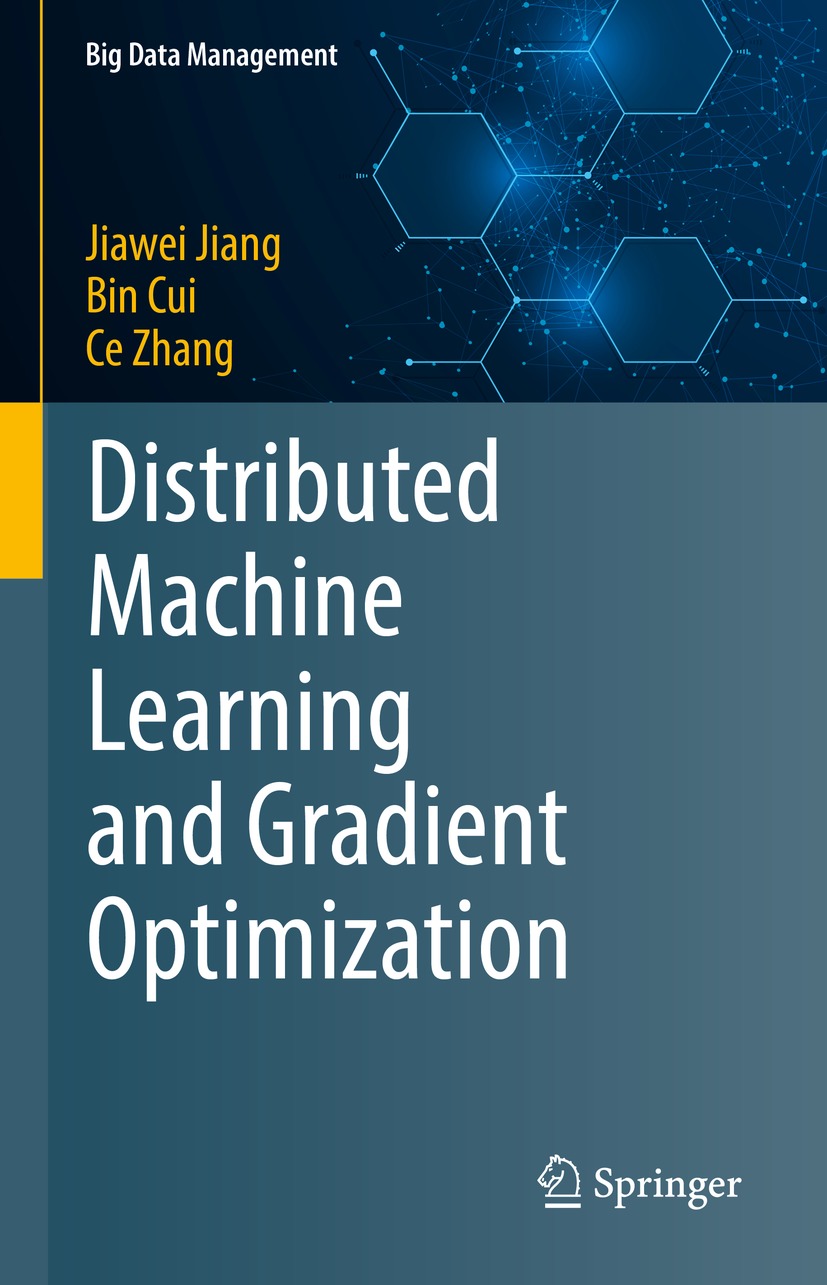
The big data paradigm presents a number of challenges for university curricula on big data or data science related topics. On the one hand, new research, tools and technologies are currently being developed to harness the increasingly large quantities of data being generated within our society. On the other, big data curricula at universities are still based on the computer science knowledge systems established in the 1960s and 70s. The gap between the theories and applications is becoming larger, as a result of which current education programs cannot meet the industry's demands for big data talents.
Present a systematic and comprehensive knowledge structure for big data and data science research and education
Supply lectures on big data and data science education with timely and practical reference materials to be used in courses
Provide introductory and advanced instructional and reference material for students and professionals in computational science and big data
Familiarize researchers with the latest discoveries and resources they need to advance the field
Offer assistance to interdisciplinary researchers and practitioners seeking to learn more about big data
The scope of the series includes, but is not limited to, titles in the areas of database management, data mining, data analytics, search engines, data integration, NLP, knowledge graphs, information retrieval, social networks, etc. Other relevant topics will also be considered.
More information about this series at https://link.springer.com/bookseries/15869

This Springer imprint is published by the registered company Springer Nature Singapore Pte Ltd.
The registered company address is: 152 Beach Road, #21-01/04 Gateway East, Singapore 189721, Singapore
In recent years, with the rapid development of technologies in many industrial applications, such as online shopping, social networks, intelligent healthcare, and IOTs, we have witnessed an explosive increase of generated data. To mine buried knowledge from raw data, machine learning technology is a widely used tool and has become the de facto technique for data analytics in both academia and industry, especially for unstructured data that is beyond the understanding of human beings. Training machine learning models using a single machine has been well-studied, either in a sequential way or in a multicore manner. However, in the data-intensive applications listed earlier, many real datasets can be up to hundreds of terabytes or even petabytes, which have far overwhelmed the computation and storage capability of a single physical machine. Traditional stand-alone machine learning training methods have encountered great challenges accordingly. In order to meet the trend of big data and solve the bottleneck of a stand-alone system, many researchers and practitioners resort to training machine learning models over a set of distributed machines, yielding a new research area in academiadistributed machine learning. Specifically, a class of supervised machine learning algorithms is often solved by a series of iterative gradient-based optimization algorithms, such as stochastic gradient descent (SGD), due to their convergence guarantee and ease of parallelization. These machine learning models include linear regression, logistic regression, support vector machine, gradient boosting decision tree, neural networks, and so on. For these machine learning models, the key to training them in a distributed way is to execute the gradient optimization algorithm in parallel rather than the original sequential execution. Although there is a rich literature on gradient optimization algorithms proposed for distributed machine learning, there is a lack of work that presents a comprehensive overview that elaborates the concepts, principles, basic building blocks, methodology, taxonomy, and recent progress.
Font size:
Interval:
Bookmark:
Similar books «Distributed Machine Learning and Gradient Optimization»
Look at similar books to Distributed Machine Learning and Gradient Optimization. We have selected literature similar in name and meaning in the hope of providing readers with more options to find new, interesting, not yet read works.
Discussion, reviews of the book Distributed Machine Learning and Gradient Optimization and just readers' own opinions. Leave your comments, write what you think about the work, its meaning or the main characters. Specify what exactly you liked and what you didn't like, and why you think so.

